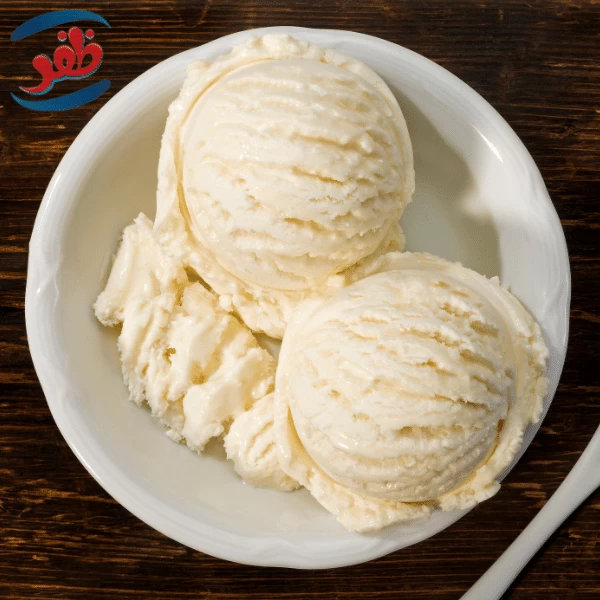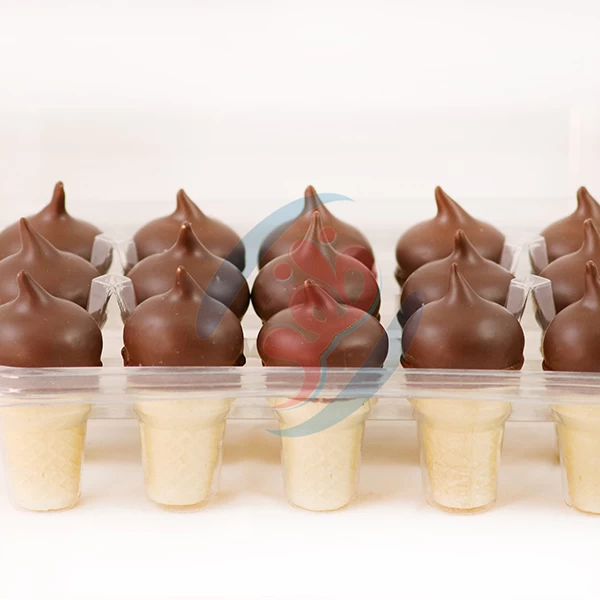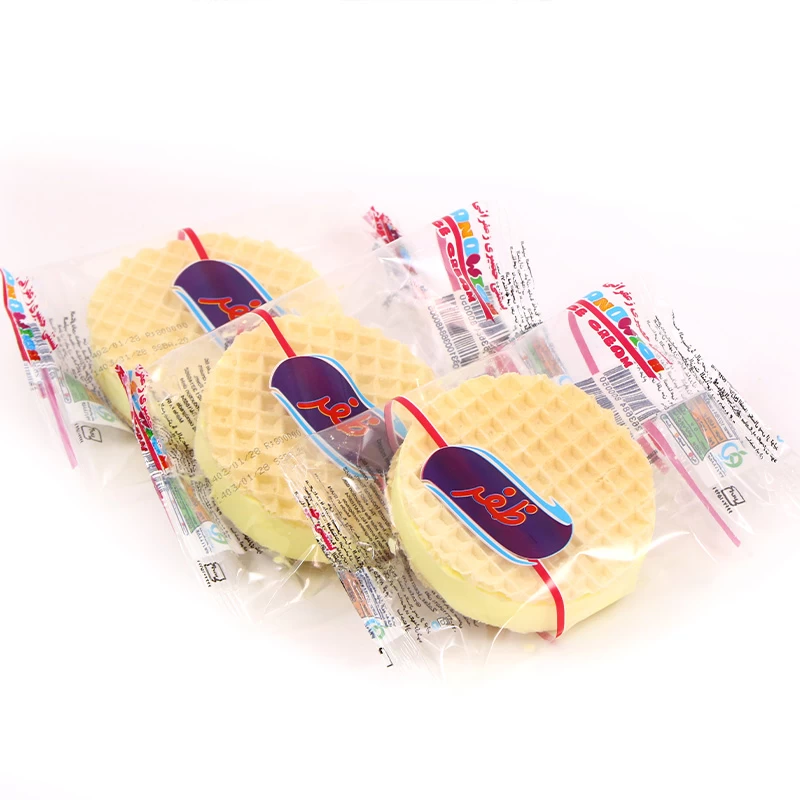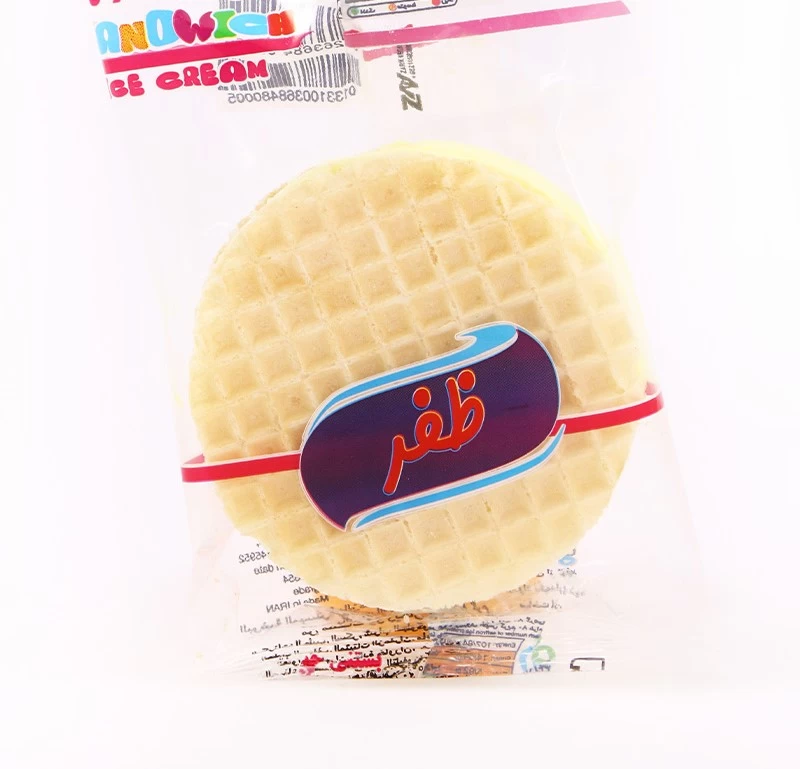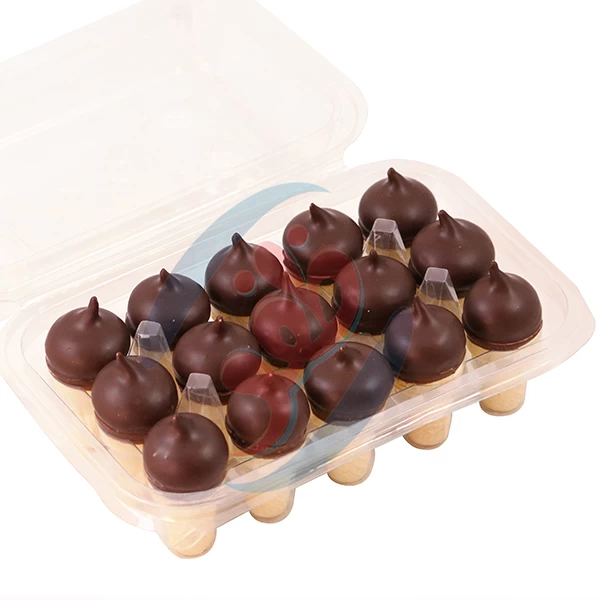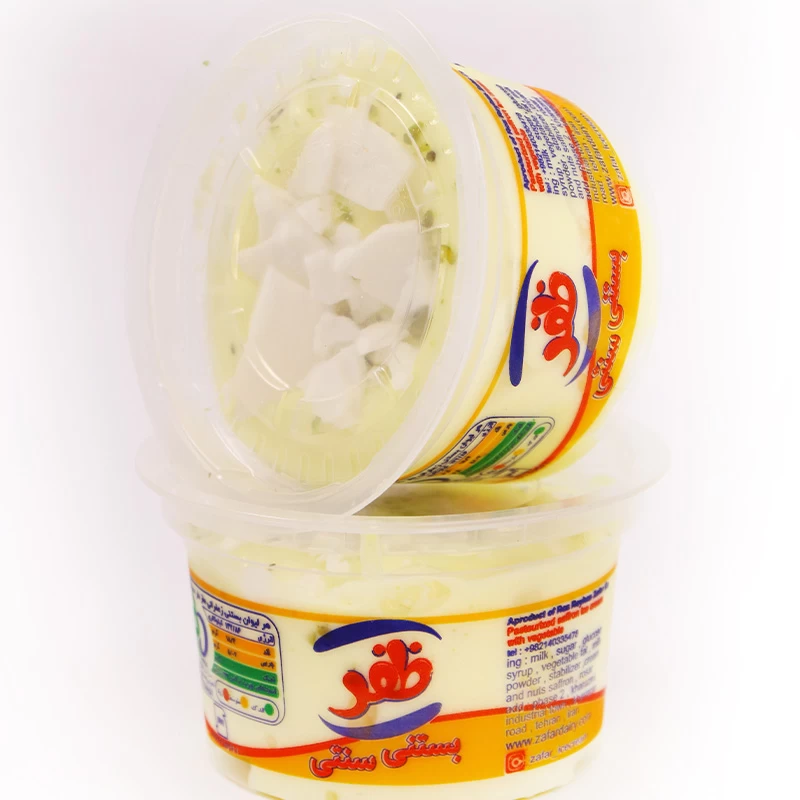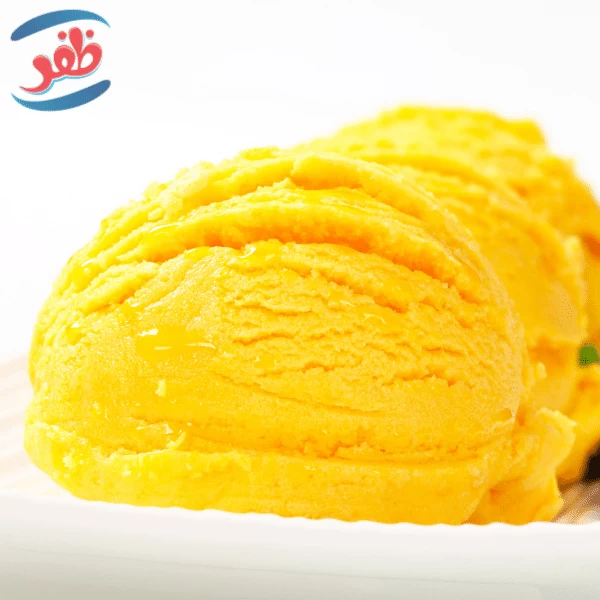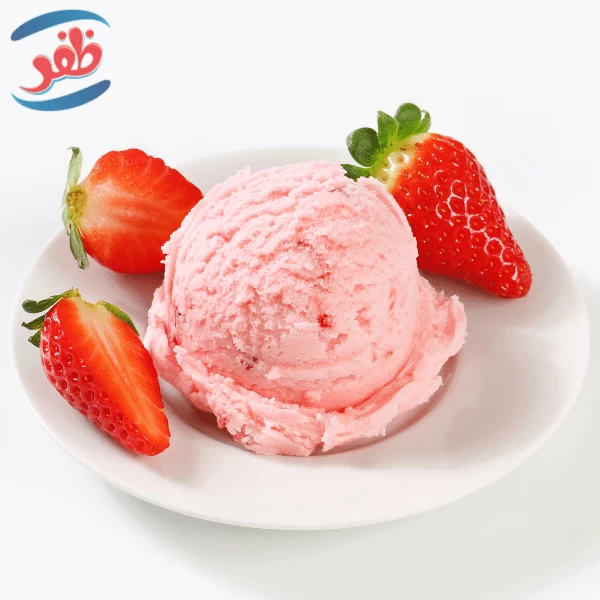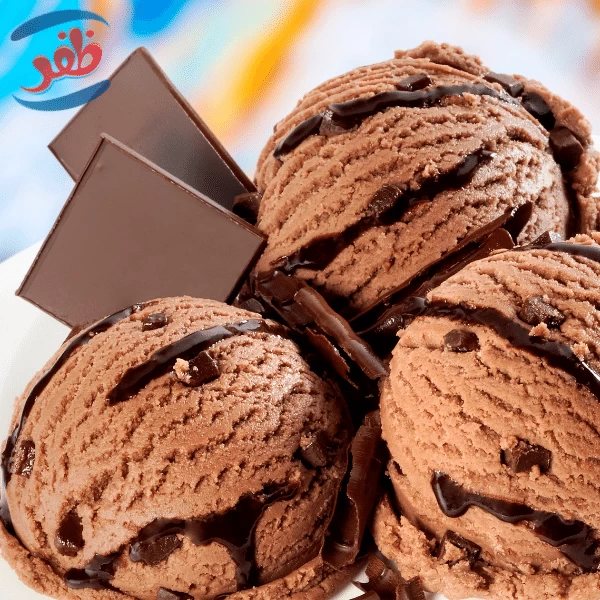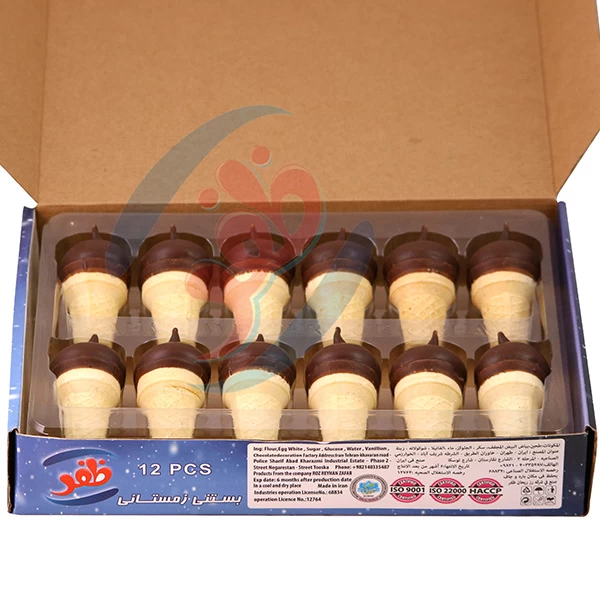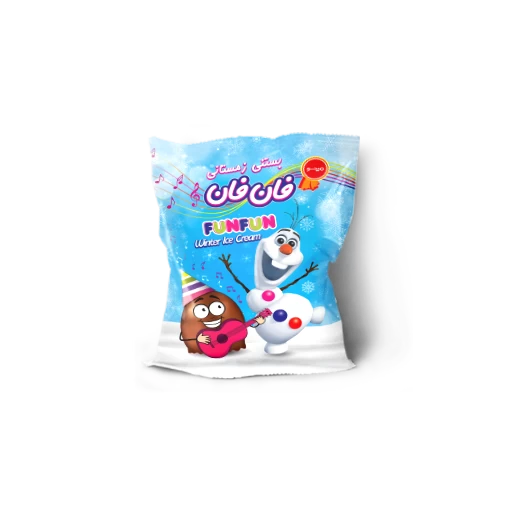ice cream
Ice cream is a popular frozen dessert enjoyed by people of all ages around the world.
It is made from a mixture of milk or cream, sugar, and flavorings such as vanilla, chocolate, fruit, or nuts. The process of making ice cream involves several steps, and machinery plays a crucial role in ensuring the production of high-quality and consistent ice cream products.
1. Mixing and Pasteurization:
The first step in ice cream production involves mixing the ingredients together. The milk or cream is combined with sugar, stabilizers (such as gelatin or cellulose gum), emulsifiers (such as lecithin), and any desired flavorings. This mixture is then pasteurized to eliminate any harmful bacteria and ensure the safety of the final product. Pasteurization typically involves heating the mixture to around 70-85°C (160-185°F) for a short period of time.
2. Homogenization:
After pasteurization, the ice cream mixture undergoes homogenization. This process involves passing the mixture through a high-pressure homogenizer. The homogenizer breaks down the fat globules in the mixture into smaller, more uniform particles, resulting in a smoother, creamier texture in the finished ice cream.
3. Aging and Flavoring:
Once homogenization is complete, the ice cream mixture is aged for several hours or overnight at a chilled temperature. Aging allows the flavors to meld together and enhances the texture of the ice cream. During this phase, the mixture is often kept at a temperature just above freezing.
4. Freezing:
The aged ice cream mixture is then ready for freezing. Freezing is a critical step that transforms the liquid mixture into a solid, creamy dessert. There are various types of ice cream machines used for freezing, such as batch freezers and continuous freezers.
_1711474133.jpg)
- Batch Freezers:
Batch freezers are commonly used for small-scale or artisanal ice cream production. These machines have a rotating barrel surrounded by a refrigerant, and the ice cream mixture is poured into the barrel. The rotating motion helps to incorporate air into the mixture while freezing it. The temperature is lowered to approximately -5 to -10°C (23 to 14°F), causing the mixture to freeze and form ice cream.
- Continuous Freezers:
Continuous freezers are employed in large-scale industrial ice cream production. These machines work by continuously pumping the ice cream mixture into a freezing chamber while simultaneously stirring it. The mixture is rapidly frozen as it moves through the chamber, resulting in a smooth and creamy texture. Continuous freezers can produce a large volume of ice cream in a short period of time.
5. Packaging and Hardening:
Once the ice cream is frozen, it is ready for packaging. It can be packaged in various forms, such as tubs, cones, or bars, depending on the desired final product. The packaged ice cream is then transferred to a hardening room or freezer, where it is stored at extremely low temperatures, typically around -25 to -30°C (-13 to -22°F). Hardening allows the ice cream to reach its desired firmness and texture before it is distributed and sold.
The machinery used in ice cream production varies depending on the scale of production, but the principles remain the same. These machines ensure that the ice cream mixture is properly mixed, homogenized, frozen, and packaged, resulting in the delicious frozen treat enjoyed by so many.
Ice cream comes in a delightful array of flavors and types, offering a wide range of choices to cater to various preferences and tastes.
_1711474169.jpg)
Here are some popular types and flavors of ice cream:
1. Vanilla: Vanilla ice cream is a classic and timeless flavor loved by many. It features a smooth and creamy base with the rich and sweet taste of natural vanilla bean. Vanilla serves as a versatile base that pairs well with numerous toppings and complements a variety of desserts.
2. Chocolate: Chocolate ice cream is a must-try for all chocolate lovers. It is made with cocoa powder or melted chocolate, resulting in a luscious, velvety texture and a deep, chocolaty flavor. Chocolate ice cream can be enjoyed on its own or combined with mix-ins like chocolate chips, brownie chunks, or fudge swirls.
3. Strawberry: Strawberry ice cream is a fruity and refreshing option. It is made with fresh strawberries or strawberry puree, lending a vibrant pink color and a sweet-tart taste. This flavor is often enhanced with real fruit pieces for added texture and flavor bursts.
4. Mint Chocolate Chip: Mint chocolate chip ice cream combines the cool, refreshing taste of mint with the indulgent richness of chocolate. The ice cream is infused with peppermint extract or natural mint flavoring and studded with chocolate chips or chocolate shavings. It offers a delightful balance of flavors and textures.
5. Cookies and Cream: Cookies and cream ice cream features a creamy vanilla base with generous amounts of crushed chocolate sandwich cookies mixed in. The combination of smooth ice cream and crunchy cookie pieces creates a delightful contrast that appeals to both cookie enthusiasts and ice cream lovers.
6. Rocky Road: Rocky road ice cream is a delicious blend of flavors and textures. It typically consists of chocolate ice cream mixed with marshmallows and toasted almonds or walnuts. The soft marshmallows and crunchy nuts provide a delightful contrast to the smooth and rich chocolate base.
7. Butter Pecan: Butter pecan ice cream is characterized by its rich, buttery flavor and the addition of toasted pecan pieces. The combination of the creamy ice cream and the caramelized, nutty pecans creates a delightful taste that is both indulgent and comforting.
8. Coffee: Coffee ice cream is a treat for coffee enthusiasts. It is infused with brewed coffee or coffee extract, resulting in a robust and aromatic flavor. Coffee ice cream can be enjoyed on its own or paired with other flavors like chocolate or caramel for a delicious combination.
9. Fruit Sorbets: Sorbets are a refreshing alternative to traditional dairy-based ice creams. They are made with fruit purees or juices, sugar, and water. Sorbets come in a variety of fruit flavors such as mango, raspberry, lemon, and passion fruit, offering a light and fruity option for those who prefer a dairy-free or vegan treat.
10. Neapolitan: Neapolitan ice cream is a popular choice for those who want to enjoy multiple flavors in one. It consists of three layers—vanilla, chocolate, and strawberry—arranged side by side in the same container. Neapolitan ice cream allows you to savor different flavors in each spoonful.
These are just a few examples of the vast assortment of ice cream flavors available. From traditional favorites to innovative creations, the world of ice cream offers endless possibilities to tantalize your taste buds and provide a delightful frozen dessert experience.
The first step in ice cream production involves mixing the ingredients together. The milk or cream is combined with sugar, stabilizers (such as gelatin or cellulose gum), emulsifiers (such as lecithin), and any desired flavorings. This mixture is then pasteurized to eliminate any harmful bacteria and ensure the safety of the final product. Pasteurization typically involves heating the mixture to around 70-85°C (160-185°F) for a short period of time.
After pasteurization, the ice cream mixture undergoes homogenization. This process involves passing the mixture through a high-pressure homogenizer. The homogenizer breaks down the fat globules in the mixture into smaller, more uniform particles, resulting in a smoother, creamier texture in the finished ice cream.
Once homogenization is complete, the ice cream mixture is aged for several hours or overnight at a chilled temperature. Aging allows the flavors to meld together and enhances the texture of the ice cream. During this phase, the mixture is often kept at a temperature just above freezing.
The aged ice cream mixture is then ready for freezing. Freezing is a critical step that transforms the liquid mixture into a solid, creamy dessert. There are various types of ice cream machines used for freezing, such as batch freezers and continuous freezers.
_1711474133.jpg)
Batch freezers are commonly used for small-scale or artisanal ice cream production. These machines have a rotating barrel surrounded by a refrigerant, and the ice cream mixture is poured into the barrel. The rotating motion helps to incorporate air into the mixture while freezing it. The temperature is lowered to approximately -5 to -10°C (23 to 14°F), causing the mixture to freeze and form ice cream.
Continuous freezers are employed in large-scale industrial ice cream production. These machines work by continuously pumping the ice cream mixture into a freezing chamber while simultaneously stirring it. The mixture is rapidly frozen as it moves through the chamber, resulting in a smooth and creamy texture. Continuous freezers can produce a large volume of ice cream in a short period of time.
Once the ice cream is frozen, it is ready for packaging. It can be packaged in various forms, such as tubs, cones, or bars, depending on the desired final product. The packaged ice cream is then transferred to a hardening room or freezer, where it is stored at extremely low temperatures, typically around -25 to -30°C (-13 to -22°F). Hardening allows the ice cream to reach its desired firmness and texture before it is distributed and sold.
_1711474169.jpg)
FAQs
What are some popular mix-ins or toppings that people often enjoy with their ice cream?
Some popular mix-ins and toppings that people often enjoy with their ice cream include chocolate chips, cookie dough, nuts (such as almonds or peanuts), sprinkles, caramel sauce, hot fudge, whipped cream, fresh fruit (such as strawberries or bananas), and crushed cookies.
What are some creative and unique flavors of ice cream that have gained popularity in recent years?
In recent years, creative and unique flavors of ice cream that have gained popularity include salted caramel, matcha green tea, lavender honey, black sesame, balsamic strawberry, toasted coconut, honey lavender, earl grey, red velvet, and lemon basil. These flavors offer a modern twist and adventurous taste experiences for ice cream enthusiasts.
Are there any health-conscious or alternative options available for those who want to enjoy ice cream with dietary restrictions?
There are health-conscious and alternative options available for those with dietary restrictions. These include dairy-free, sugar-free, gluten-free, vegan, keto-friendly ice creams, as well as fruit sorbets. These options cater to specific dietary needs and preferences, allowing individuals to enjoy ice cream while adhering to their restrictions.
How does the process of making homemade ice cream differ from store-bought varieties, and what are some tips for achieving a smooth and creamy texture at home?
The process of making homemade ice cream differs from store-bought varieties in terms of freshness and customization. To achieve a smooth and creamy texture at home, some tips include using a good recipe, properly chilling the mixture before churning, and incorporating air while freezing by using an ice cream maker.
 +7929688-88-14
+7929688-88-14

 English
English
 Persian
Persian
 Russian
Russian
 Chinese
Chinese


 +7929688-88-14
+7929688-88-14

